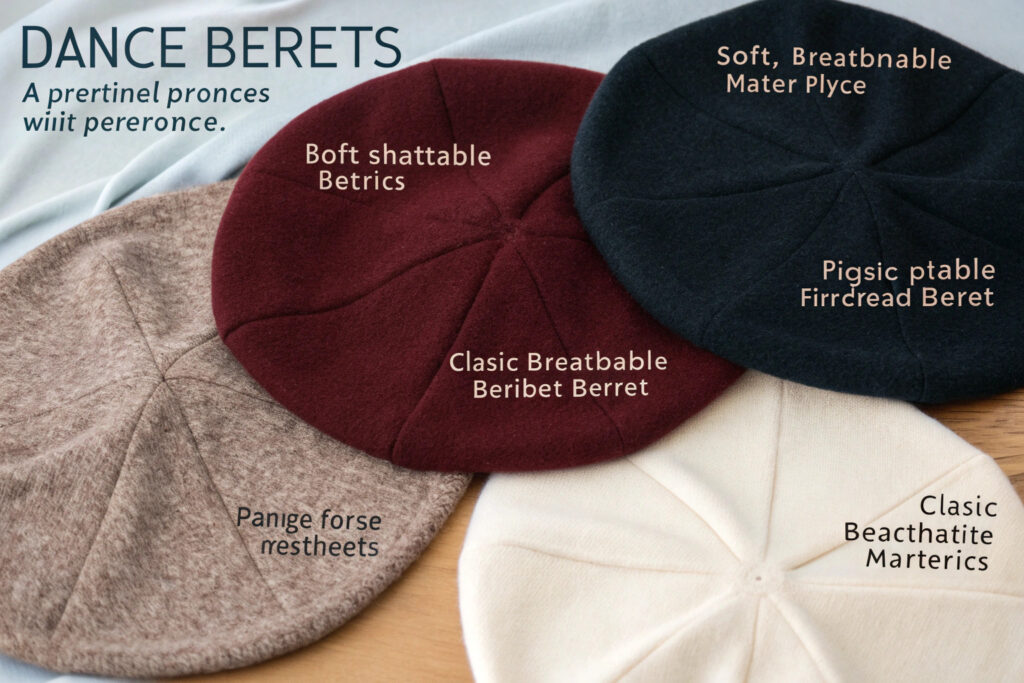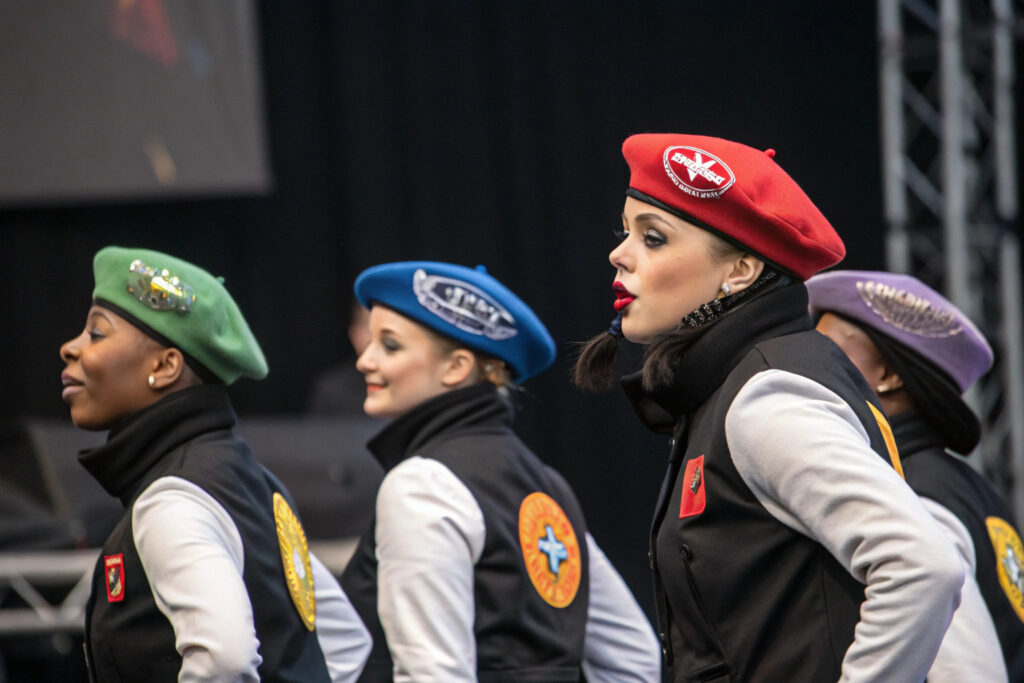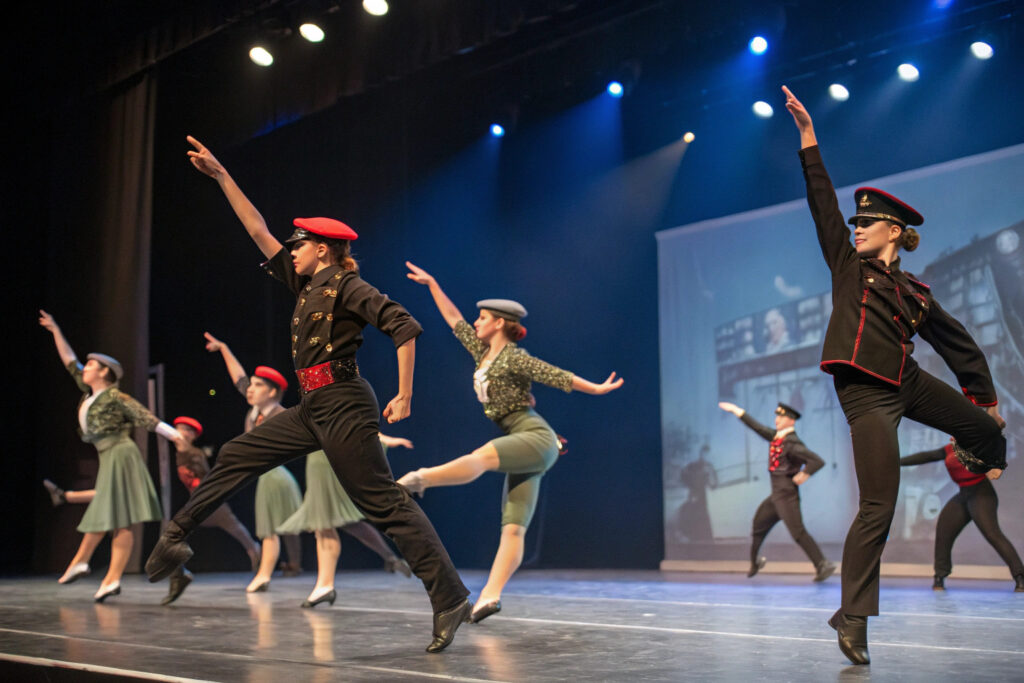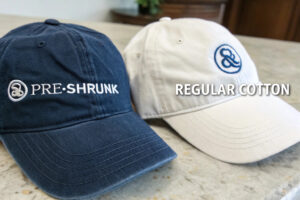Dance troupes face unique costuming challenges that standard berets cannot address. Traditional berets often fail during dynamic movements, lack the visual impact needed for stage performances, and don't accommodate the practical requirements of dancers who need secure, comfortable headwear that enhances rather than hinders their art. The search for performance-ready berets requires understanding both dance aesthetics and practical performance needs.
The most successful custom berets for dance troupes combine secure fit systems, lightweight yet durable materials, enhanced visual elements for stage visibility, and design flexibility that accommodates different dance styles while maintaining the classic beret silhouette that audiences recognize.These specialized designs address the physical demands of dance while creating cohesive visual identity across the entire ensemble.
This comprehensive guide explores the specific design considerations, material selections, customization strategies, and practical features that transform traditional berets into performance-ready headwear for dance companies.
What performance requirements dictate beret design?
Dance berets must withstand physical demands that ordinary fashion berets never encounter. Understanding these performance requirements ensures the berets enhance rather than compromise dance performances.
Key performance requirements include secure fit during vigorous movement, weight distribution that doesn't affect balance, durability for repeated use, and design elements that work with different dance techniques and choreographic requirements.

Why are secure fit systems crucial for dance berets?
Secure fit systems prevent berets from dislodging during jumps, turns, and rapid direction changes that characterize dance performances. Unlike fashion berets that rely on gentle placement, dance berets require positive retention mechanisms like elastic headbands, silicone grip strips, or combination systems that anchor the beret without creating pressure points. The most effective designs distribute tension evenly around the head circumference while allowing quick removal during costume changes. For dance styles with significant floor work or partnering, the retention system must maintain position regardless of orientation. This security allows dancers to focus on performance rather than constantly adjusting their headwear.
How does weight distribution affect dance performance?
Weight distribution significantly impacts a dancer's balance and spatial awareness. Dance berets should weigh 4-6 ounces maximum, with weight concentrated low in the headband area rather than in the crown. This balanced construction prevents the "top-heavy" feeling that can disrupt turns and balances. The traditional wool felt used in fashion berets is often too heavy for dance applications, leading many costumers to select lighter materials like technical knits or lightweight felts specifically developed for performance wear. The right weight-to-security ratio ensures the beret feels like a natural extension of the dancer's body rather than an added element.
Which materials work best for dance performance berets?
Material selection determines both the aesthetic qualities and practical performance of dance berets. The right materials provide the classic beret appearance while meeting the physical demands of dance.
The most suitable materials include technical knits with four-way stretch, lightweight performance felts, moisture-wicking components, and decorative elements that maintain their appearance despite vigorous movement and perspiration.

Why are technical knits ideal for most dance applications?
Technical knits offer the ideal combination of stretch, recovery, and lightweight comfort that dance requires. These performance fabrics typically contain spandex or elastane (5-15%) that allows the beret to maintain its shape while stretching to accommodate different head sizes and hairstyles. Unlike traditional beret materials that can be stiff initially, technical knits provide immediate comfort without break-in periods. Their moisture-wicking properties manage perspiration during intense performances, while their consistent recovery ensures the beret looks identical performance after performance. For troupes with limited costume maintenance resources, machine-washable technical knits offer practical advantages over traditional materials requiring special care.
How do specialized felts enhance theatrical presentations?
Specialized performance felts provide the authentic beret appearance with enhanced practicality for theater settings. These lightweight felts (typically 80-120g/sm versus traditional 160-200g/sm) maintain the classic beret drape and structure while reducing weight by 30-50%. Their refined surface accepts stage lighting beautifully without creating harsh reflections, while their inherent stability allows for precise shaping that reads clearly from audience distances. For theatrical productions where visual authenticity matters, these specialized felts bridge the gap between costume accuracy and performance practicality. Their durability also withstands the handling of frequent performances and touring conditions better than traditional felts.
What visual enhancements optimize stage impact?
Stage berets require visual enhancements that read clearly from audience distances while maintaining their artistic integrity. Understanding these visual considerations ensures the berets contribute to the overall production design.
Key visual enhancements include strategic color selection for different lighting conditions, proportional scaling for stage visibility, decorative elements that read at distance, and finish treatments that interact effectively with stage lighting.

How should beret proportions be adjusted for stage?
Stage berets often require proportional adjustments to ensure visual impact from audience perspectives. The traditional 11-13 inch diameter may appear diminished on stage, leading many costumers to increase the diameter to 14-16 inches for better visibility. The crown-to-headband ratio might also be exaggerated—deeper crowns create more dramatic shadows and definition under stage lighting. These proportional enhancements must be balanced against practical considerations—overly large berets can interfere with partnering work or create visual distraction during precise choreography. The most successful designs scale proportions based on venue size and dance style, creating berets that read powerfully without compromising movement.
What color considerations matter for different performances?
Color selection must account for specific lighting designs and performance environments. Saturated colors maintain their intensity under theatrical lighting gels, while pastels may wash out under strong lights. For dance companies performing in multiple venues, medium-value colors with slight tonal variations often work best across different lighting conditions. Some costumers create berets in multiple colorways for the same production—darker versions for strongly lit scenes and lighter versions for more subtle lighting. The most versatile approach involves selecting colors that contrast sufficiently with both background elements and dancers' hair colors to maintain clear silhouette definition throughout movements.
What customization options support troupe identity?
Customization transforms standard berets into cohesive troupe identifiers that reinforce company branding and production themes. Effective customization balances visual impact with practical performance considerations.
Successful customization includes color matching to company branding, emblem integration that withstands movement, size variations for different roles, and decorative elements that enhance without interfering.

How can emblems be integrated securely?
Emblem integration requires techniques that maintain both security and appearance during movement. Traditional sew-on patches work well for stable areas like the beret's front panel, while smaller side emblems may require reinforced stitching or bonding to prevent lifting. For highly active dance pieces, some costumers prefer embroidered designs directly into the beret material, creating seamless integration that won't detach. The placement must consider the beret's drape and how the emblem will appear during different orientations—what looks centered when the beret is flat may shift significantly when worn at the characteristic beret angle. This understanding prevents awkward emblem positioning during actual performance.
What size variations accommodate different troupe roles?
Size variations address the different visual hierarchies within dance companies. Principal dancers might wear slightly more elaborate versions with additional decorative elements, while corps de ballet members wear simplified but identical designs. Children's roles require proportionally scaled-down versions that maintain the visual relationship to adult sizes. Some productions use color variations to distinguish character types or dance groups within larger ensembles. These subtle differentiations help audiences follow complex choreographic patterns while maintaining overall visual cohesion. The most effective approaches make these variations clear enough to read from audience distance without creating visual competition between dancers.
Conclusion
Designing custom berets for dance troupes requires balancing aesthetic tradition with practical performance needs. The most successful designs honor the beret's classic silhouette while incorporating technical features that address the unique demands of dance. From secure fit systems that withstand vigorous movement to visual enhancements that read powerfully on stage, each element must serve both artistic and functional purposes.
At Global-Caps, we specialize in performance headwear that bridges the gap between costume authenticity and practical functionality. Our experience with dance companies has taught us the critical importance of designing berets that dancers can forget about during performance because they work so seamlessly. If you're costuming a dance production and need berets that enhance both visual impact and performance freedom, contact our Business Director Elaine at elaine@fumaoclothing.com. Let us help you create custom berets that become an integral, trouble-free element of your dance company's visual identity.







